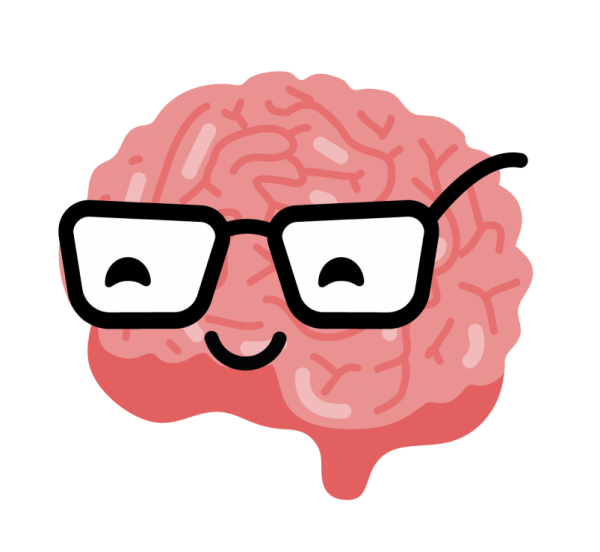Picture this: you’re having a crappy day. You missed your bus, spilled coffee down your front and forgot to print out your assignment that’s due in half an hour. To make matters worse, you skipped out on concealer this morning and now look like an extra in Tim Burton’s ‘Corpse Bride.’ (Side note: this scenario may or may not be a projection of my own experiences).
To make yourself feel better, you pop into Simons to buy yourself a new pair of jeans, a sweater and a couple small accessories. By the time the cashier hands you your receipt, the pit of anxiety in your stomach has melted away. You know this purchase is outside your budget, but hey! you’re treating yourself! You’ve had a bad day, after all.
If this sounds familiar to you, you’re not alone. A 2018 survey published by Finder, an online information service for consumers, found that out of 2,000 Canadians, 63 per cent confessed to shopping impulsively in the last year. In the age of mass marketing, online shopping and hyper-consumerism, it’s easier than ever to fall into the trap of impulsive spending. But these impulses go beyond Boxing Day sales and free shipping. According to science, part of the blame can be placed on our biology.
When your brain anticipates a new purchase, it releases a flood of dopamine – that same neurotransmitter associated with drugs, really good food, and really good sex. One study published in Neuron, a neuroscience journal, found that the brain’s reward centre lit up after subjects were shown a desirable product. So, in short, ‘retail therapy’ can serve as a legitimate pick-me-up after a rough day.
But just like food, sex and drugs, shopping can be highly addictive. A study published by the Society for the Study of Addiction gathered data from around the globe and found that shopping addiction affects roughly five per cent of the population. What’s more, research from Cambridge University has shown that up to 68 per cent of compulsive shoppers suffer from an affective disorder such as depression or anxiety. Experts recommend that those afflicted seek the help of a mental health professional.
For the occasional impulse shoppers out there, the next time you’re tempted, ask yourself: is it me or the dopamine talking?
Graphic by @sundaeghost
